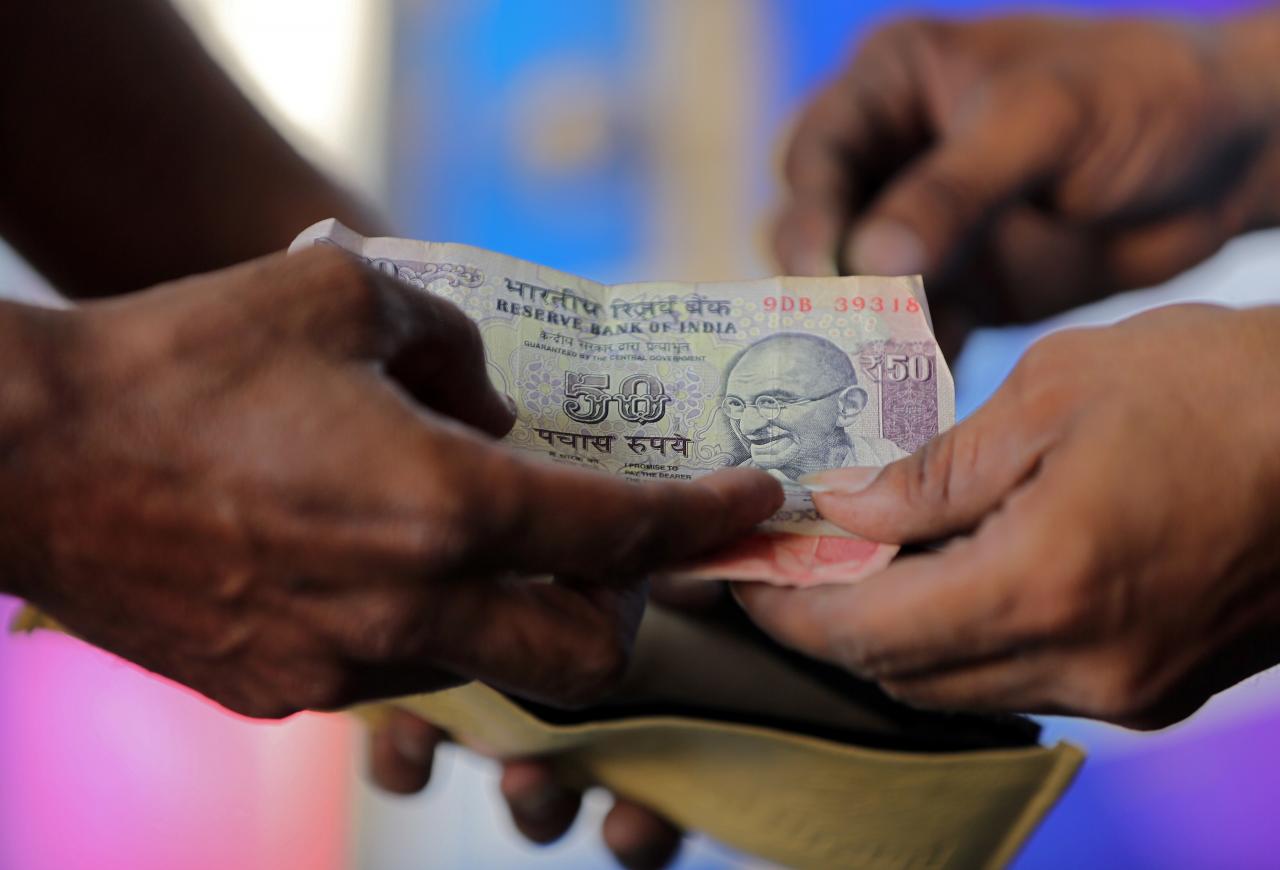India’s fiscal deficit at 5.95 trillion rupees
October 27, 2018 | Expert Insights

India’s April-September fiscal deficit stood at 5.95 trillion rupees ($81.20 billion), or 95.3 percent of the budgeted target for current fiscal year, government data showed on Thursday.
The figure compares to 91.3 percent in the same period a year earlier.
Background
Fiscal deficit measures the incremental amounts that governments are required to borrow in order to finance their budget shortfalls. The concept has gained significance in recent times with the IMF imposing strict restrictions and monitoring of the levels of fiscal deficit that economies can run if they have taken support or are going to request support from the IMF. India too started to monitor Fiscal Deficit after it had to solicit support from the IMF to resolve the balance of payment crisis of 1991.
The period till 1991 saw large fiscal deficit and its monetisation spill over to the external sector, pushed by the Gulf-war balance of payments situation turned precarious and led to the introduction of new economic policy. The post 1991 period had the private sector share the burden of long term development and contribute to capital receipts in the form of disinvestment. This coupled with tax reforms had the fiscal deficit in control until 1996-97. Later, the Asian crisis of 1996-97 led it to move higher and fiscal deficit reached unjustified levels by 2003. However since 2003-04 the government has been more proactive and has undertaken fiscal policy reforms to ensure a steady reduction in fiscal deficit as a percentage of GDP leading to a more resilient economy.
Analysis
India’s fiscal deficit rose further in September, inching closer to the government’s budgeted target for financial year 2018-19. Fiscal deficit—the gap between the government’s revenue and expenditure—stood at Rs 5.94 lakh crore at the end of September, according to data released by the Controller General of Accounts. The government said last month that it was confident of meeting its fiscal deficit target of 3.3 percent of gross domestic product for the fiscal year ending in March 2019.
However, rising oil prices have been a major drag on India’s import bill in 2018, leading credit rating agencies to question whether the country can meet its fiscal deficit target of 3.3 percent of GDP in the 2018/19 fiscal year.
Global crude prices have fallen by around 11 percent in the last three weeks, easing pressure on the Prime Minister Narendra government, as his Bharatiya Janata Party girds for a series of state elections in coming months and a national election due by May.
The government's optimism to meet fiscal target is driven by higher tax collection in the first quarter. Induced by a sharp rise in indirect tax collections in April-June 2018, government's gross tax revenues jumped 22% in the quarter, while the net tax revenues rose faster at 34%. However, there was a modest growth in direct tax as corporate tax collections were lower in the quarter compared with the year-ago figure.
While it is widely believed that the Centre may have to apply brakes on the spending pace in the later part of the year to keep the promise of sticking to the FY19 fiscal deficit target of 3.3 per cent of the GDP, capital spending in the first half was rather robust at Rs 1.63 lakh crore, 54 per cent of the annual target and up 11 per cent over the year-ago period.
Assessment
Our assessment is that the biggest challenge to reviving the Indian economy is to manage the growth engine without raising too much of public borrowing. A predominant domestic funding base, strengthened monetary policy management and macro-prudential regulations on bank lending in foreign currency would help contain the credit impact of higher oil prices. We believe that a higher fiscal deficit will trigger inflation, leaving little room for interest rate cuts. This, in turn, may affect private investment from taking off in an economy like India.
We also feel that, as India may not receive steady inflow of foreign capital, the government would have to manage the external shocks by overseeing currency depreciation without undue volatility. Lastly, even while India’s foreign exchange reserves appear healthy, the poor showing on the export front significantly affects the current account balance.








Comments